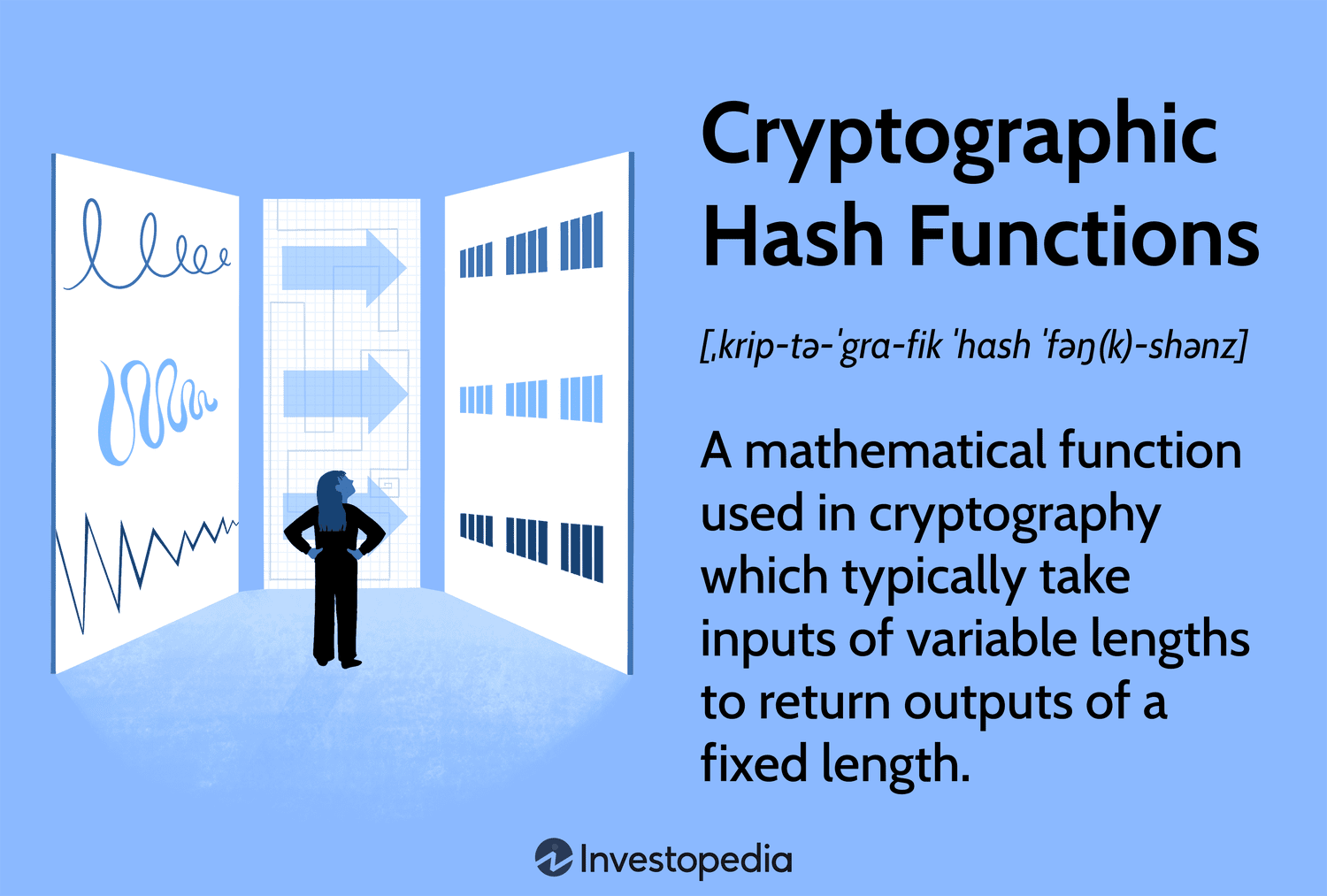Understanding Cryptographic Hash Functions: A Security Essential
Cryptographic hash functions are mathematical functions that transform data of any size into fixed-length bit strings. These functions are essential for modern cryptography and digital security, combining traditional hash capabilities with advanced security properties.

Woman explaining cryptographic hash diagrams
Core Properties:
- Collision resistance: Different inputs should never produce the same output hash
- Hidden: Output cannot be used to determine input
- Puzzle-friendly: Impossible to predict input based on desired output
Common Applications:
- Password Security
- Passwords are stored as hash values rather than plain text
- When users log in, entered passwords are hashed and compared
- Protection against rainbow table attacks remains a challenge
- Digital Signatures
- Validates document and message authenticity
- Uses three key components:
- Key generation algorithm
- Signing algorithm
- Verification algorithm
- File and Message Integrity
- Ensures data remains unaltered during transmission
- Creates verifiable "chain of trust"
- Recipients can verify authenticity by comparing hash values
Cryptocurrency Implementation:
- Bitcoin uses SHA-256 hash function
- Ethereum implements Keccak-256
- Enables secure, anonymous transaction processing
Security Features:
- More complex than standard hash functions
- Not easily decipherable
- Requires polynomial time to solve
- Provides enhanced message and sender privacy
Real-World Application: When a file or message needs verification, the sender publishes both the hashed data and the key. Recipients can then compute their own hash value and compare it to the published version, ensuring data integrity.
Best Practices:
- Choose hash functions based on specific use case requirements
- Implement additional security measures beyond basic hashing
- Regularly update hash functions to maintain security standards
- Consider computational requirements for your application
While cryptographic hash functions provide robust security features, they should be part of a comprehensive security strategy rather than relied upon as a standalone solution.